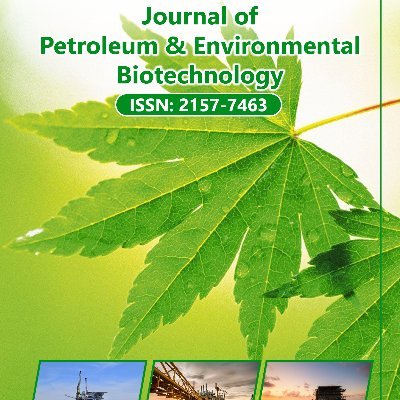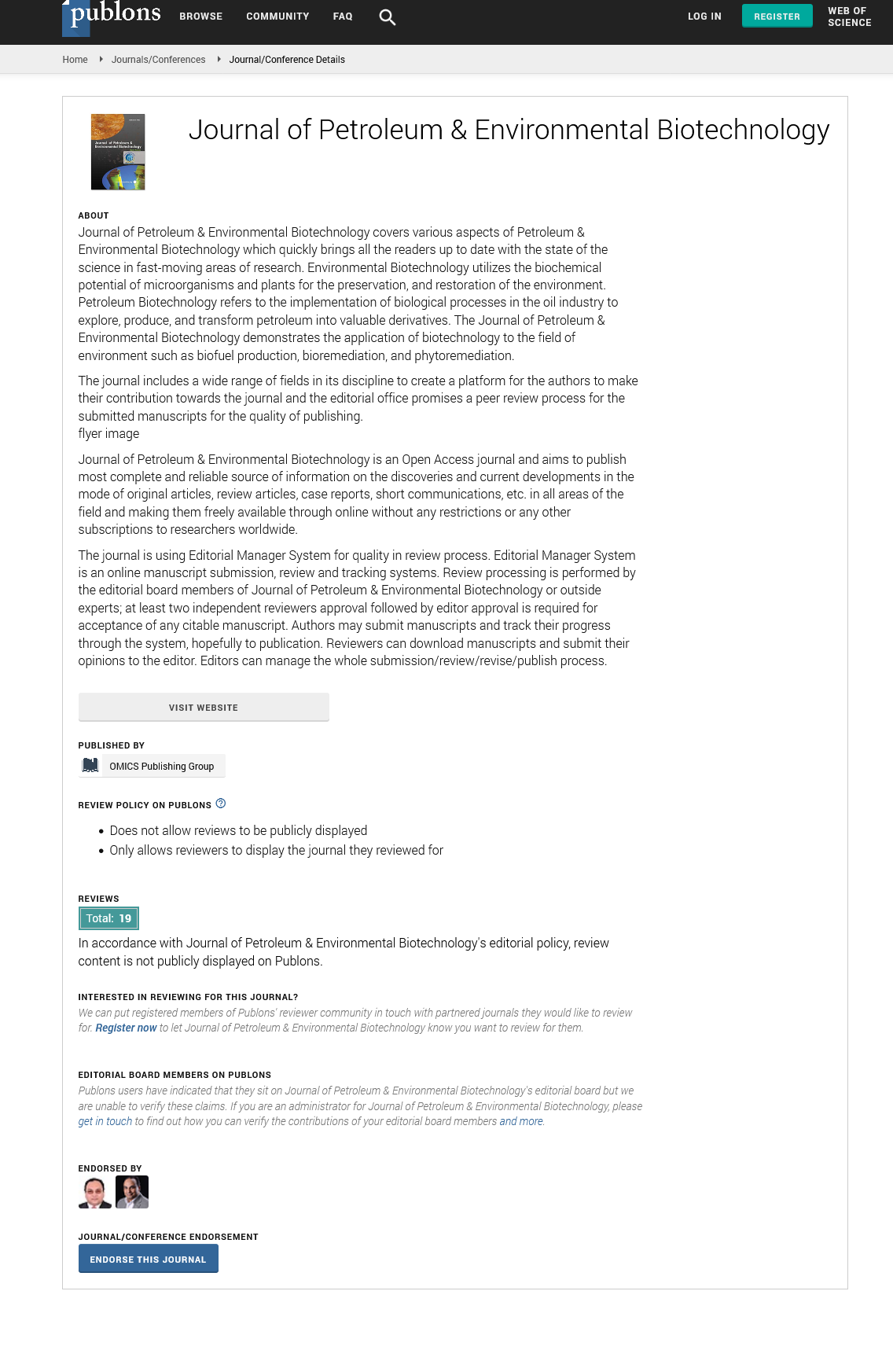Indexed In
- Open J Gate
- Genamics JournalSeek
- JournalTOCs
- China National Knowledge Infrastructure (CNKI)
- Electronic Journals Library
- RefSeek
- Hamdard University
- EBSCO A-Z
- OCLC- WorldCat
- SWB online catalog
- Virtual Library of Biology (vifabio)
- Publons
- MIAR
- Euro Pub
- Google Scholar
Useful Links
Share This Page
Journal Flyer

Open Access Journals
- Agri and Aquaculture
- Biochemistry
- Bioinformatics & Systems Biology
- Business & Management
- Chemistry
- Clinical Sciences
- Engineering
- Food & Nutrition
- General Science
- Genetics & Molecular Biology
- Immunology & Microbiology
- Medical Sciences
- Neuroscience & Psychology
- Nursing & Health Care
- Pharmaceutical Sciences
Health condition of nature reserves in cities, and the health of residents? Example of bielanski forest in warsaw (Poland) by using the latest remote sensing tools (Tree Crown Map)
Proceedings of GIS CONGRESS & OIL AND GAS & PETROLEUM ENGINEERING & SOIL SCIENCE
November 25, 2020 | WEBINAR
Andrzej Dlugonski, Thilo Wellmann and Dagmar Haase
Cardinal Stefan Wyszynski Univeristy in Warsaw, Poland Humboldt Universitaet zu Berlin, Germany Helmholtz Centre for Environmental Research ??? UFZ, Germany
Scientific Tracks Abstracts: J Pet Environ Biotechnol
Abstract:
Urban nature reserves are an important reservoir of urban greenery with preserved natural vegetation and valuable tree species up to 400 years old (relics of the former Mazovian Forest), as is the case with forests in Warsaw, capital of Poland. They are also areas serving the local community as recreational places acting mostly the only places of greenery in a dense structure urban district of the city. The Biela??ski Forest in Warsaw (case study) is an example of natural greenery (area of 130.35 ha) as a buffer zone (green lungs) between Biela??ski Hospital complex, University (UKSW) and dense urban buildings of Bielany disrict. Despite nature protection of forest site (established in 1973) the given area fulfills important health and recreational functions. The aim of the research is to determine the health condition of forest trees by using the latest available remote sensing (RS) spatial data and indicator (Map of Tree Crowns in Warsaw, 2018; Normalized Difference Vegetation Index, NDVI). In addition, the impact on health and recreation functions of the forest area was examined. The results show selected parts of the forest particularly endangered to users, as well as, the most valuable areas that may prevent active and passive recreation. Moreover, due to poor management and legal restrictions of urban forests in Poland, this site is limited cultural or by usage diversity. Finally, the RS method can provide guidelines on how to change forest space to adapt it best to user needs, when applicable legal regulations for nature protection areas.
Biography :
Andrzej D??ugo??ski has completed his PhD at Warsaw University of Life Sciences (Poland) in landscape architecture discipline. He is a researcher at Intitute of Biological Sciences at Cardinal Stefan Wyszynski University in Warsaw, a mamber of Revitalization Commmete of ?ód? City Office. He gained his experience during foreign sholarships at Department of Geography at HU Berlin, as well as as an co-organizer of design workshops at University of Lodz. His papers treat the problems on green spaces designing and revitalization in big cities. He also focuses on the analysis of the condition of the natural environment through site observation.

